Introducing the Lynx, a revolutionary robot dog developed by Chinese robotics company Deep Robotics. This innovative quadruped blends the agility of legs with the swiftness of wheels, showcasing remarkable versatility in navigating diverse terrains.
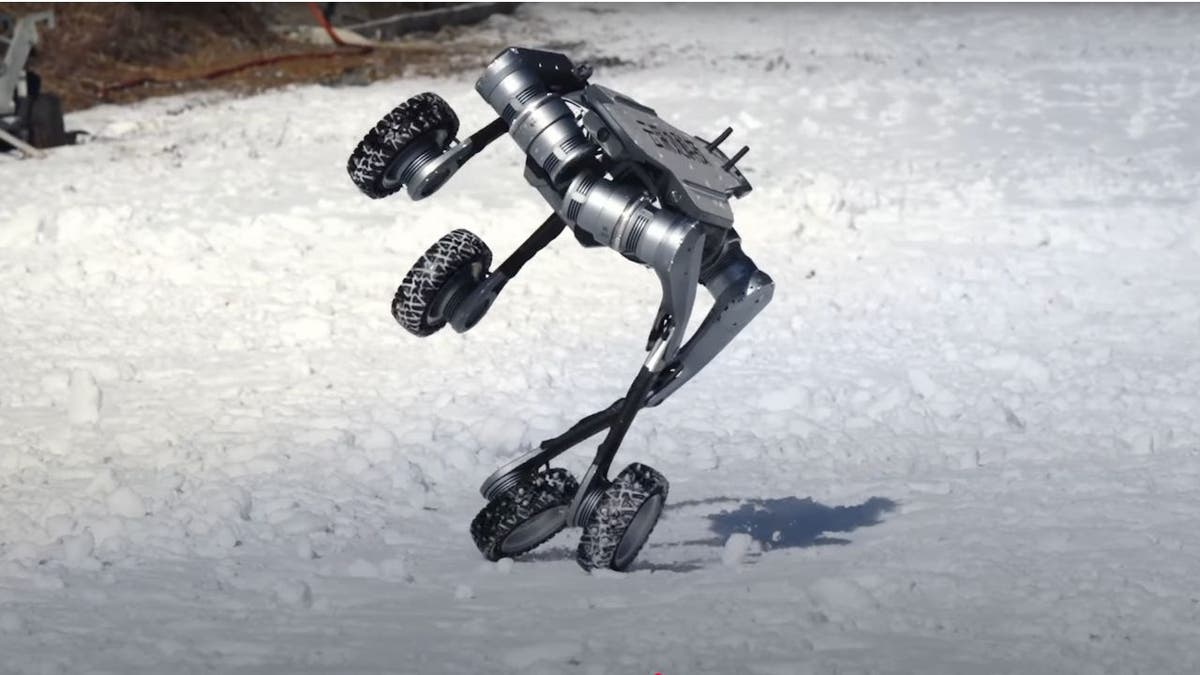
The Lynx's adaptability is evident in its impressive maneuvers, from dancing and gliding on ice to traversing deep snow and executing acrobatic leaps and flips. This mid-sized robot demonstrates its prowess across a wide range of environments.
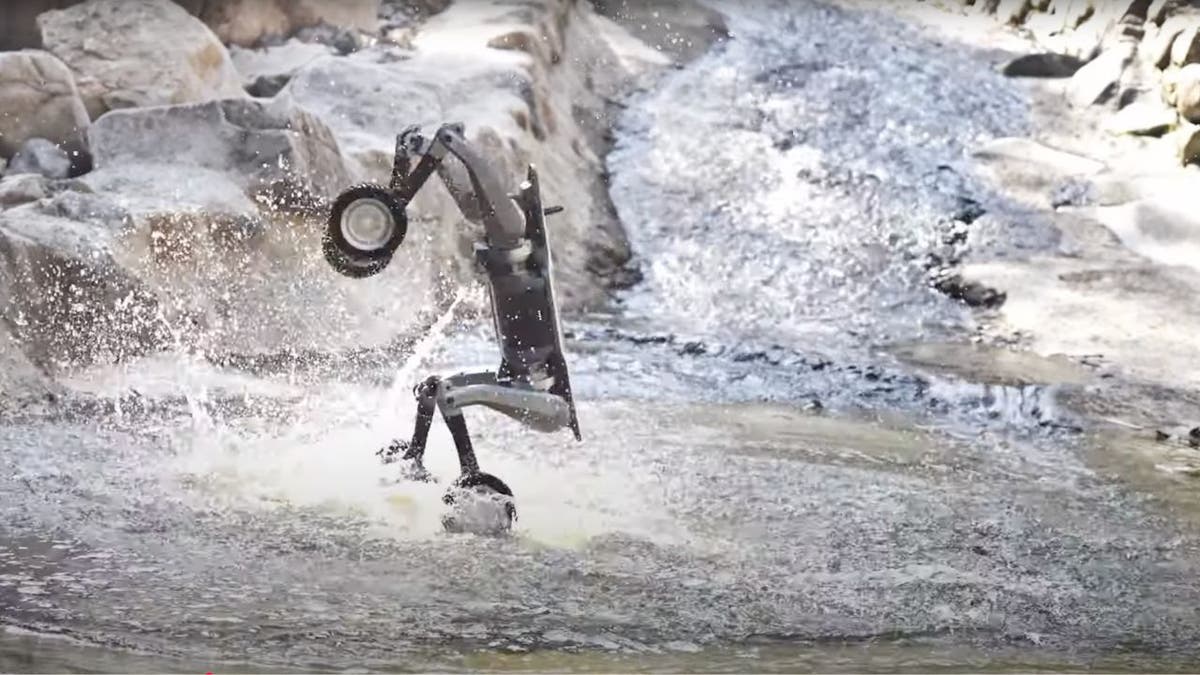
Hybrid Design for Enhanced Locomotion
The Lynx's distinctive wheeled-leg hybrid design allows it to seamlessly transition between walking, climbing, and rolling. By locking its wheels, the robot can navigate uneven and challenging surfaces with the stability of a four-legged robot and the speed of a wheeled vehicle.
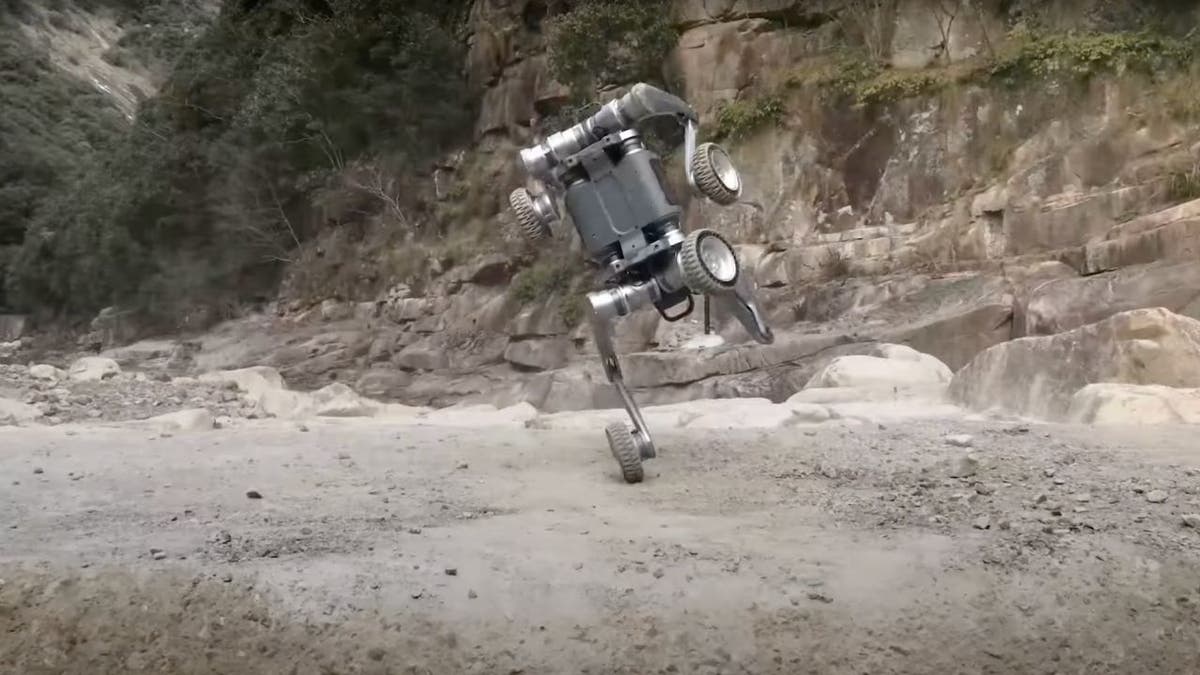
Advanced Specifications and Features
The Lynx boasts impressive technical specifications. Its robust leg design enables it to climb 8.7-inch steps and navigate 45-degree slopes. With an IP54 rating, the robot is built to withstand diverse weather conditions. A three-hour battery life with hot-swappable technology ensures extended operation, while high-performance video transmission provides real-time feedback to operators.
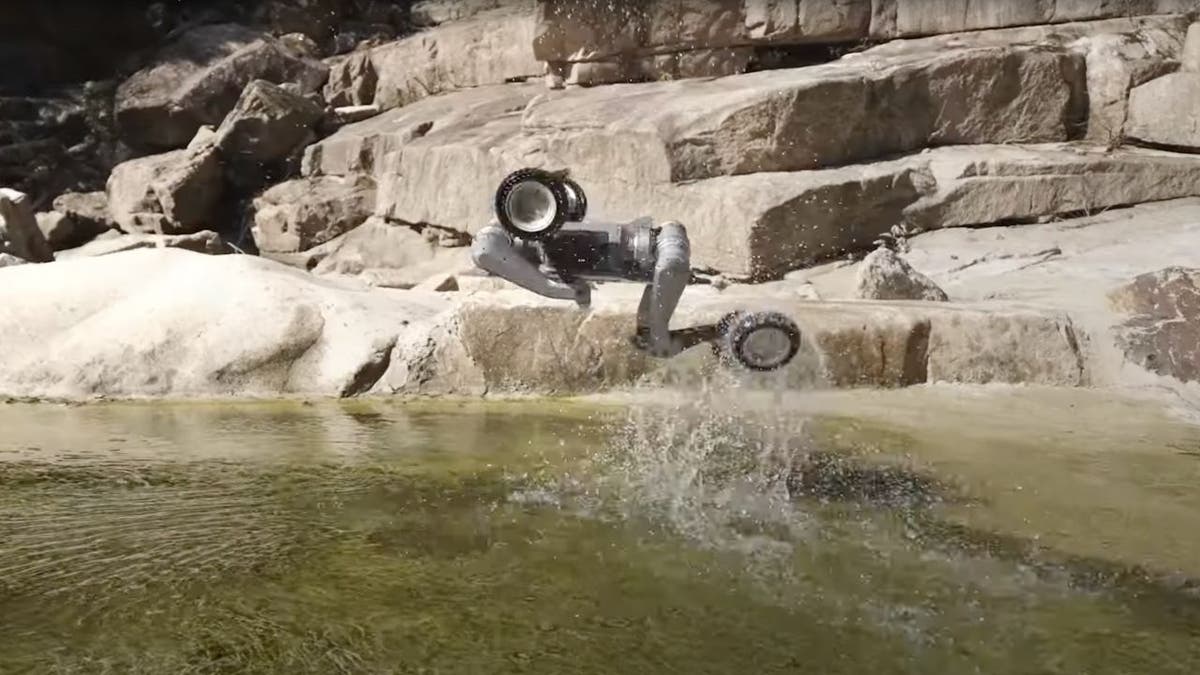
Priced at $17,999, the Lynx offers advanced capabilities for diverse applications.
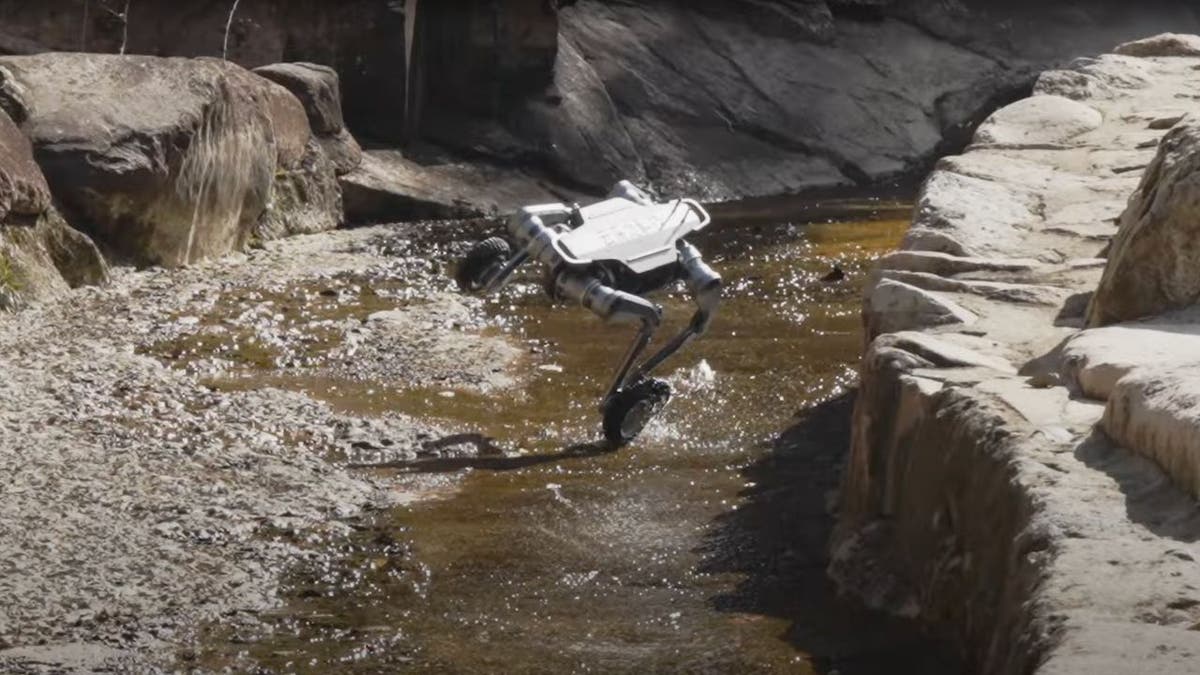
Expanding the Boundaries of Robotics
As part of Deep Robotics' "AI+" initiative, the Lynx joins a family of innovative quadrupeds, including the Lite3, X20, and X30. Each robot is designed for specific tasks, from emergency rescue to exploration in hazardous environments.
The Future of Robotic Mobility
The Lynx represents a significant advancement in robotic mobility. Its unique design and capabilities open doors for applications in search and rescue, industrial inspection, and scientific research. As AI technology progresses, future versions of these robots promise even more groundbreaking functionalities.
Comments(0)
Top Comments